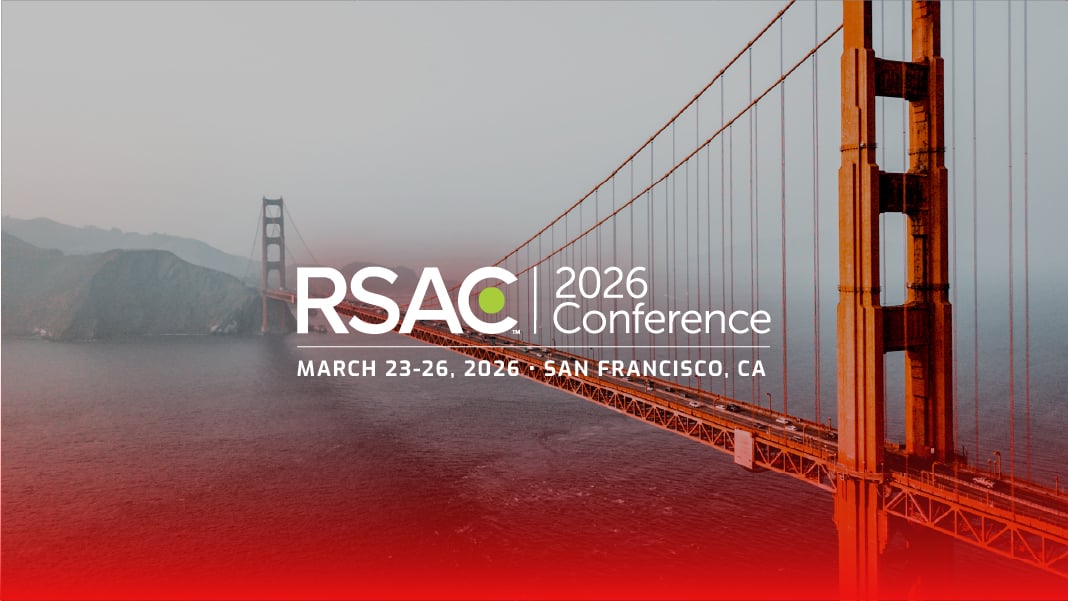The Software Supply Chain Security Solution Landscape: SBOM Table Stakes
When you think about software supply chain security (SSCS), where does your mind go first?
For most teams, the conversation starts with the code you write. That’s understandable. You control that code. You know your tools, your repositories, and your deployment processes. But the software your team writes is only one part of the equation.
What about the software you include in your code base?
That includes firmware that runs on your devices, configuration files, credentials, scripts, and open-source packages pulled in from public registries. These components form a critical part of your attack surface—and while legacy software composition analysis tools offer valuable insights, they often fall short when it comes to analyzing third-party components other than source code libraries.
And that’s where NetRise steps in.
Meeting and Expanding Software Supply Chain Security Requirements
Leading security frameworks and federal guidance—including those from NIST, CISA, and OMB—agree on the core functions a software supply chain security platform must deliver. You should be able to:
- Identify and mitigate risks tied to open-source software use.
- Protect development environments and continuous integration/continuous delivery (CI/CD) pipelines.
- Ensure the binary code that’s actually built matches the intended component manifest, so what ships is what developers meant to include.
- Shield upstream dependencies and downstream users from compromise.
- Safeguard intellectual property that lives in your software.
- Ensure auditability and compliance with modern regulations.
NetRise checks every box.
NetRise also goes further by expanding the perimeter of what software supply chain security means. Instead of stopping at source code, NetRise gives you deep insight into the full inventory of software assets your organization depends on.
Let’s break that down.
Many security platforms focus on reducing risk in source code and build processes. They scan for hardcoded secrets, flag risky dependencies, and generate a Software Bill of Materials (SBOM) to track what you’ve built.
NetRise starts where those tools stop.
We help you understand not just what your team creates—but also what your organization uses. That includes:
- Device-level software and firmware systems. NetRise analyzes device firmware to inventory every software component that runs on a device.
- Supplier-delivered binaries. This is especially valuable for global enterprises that purchase network-accessible hardware, giving insight into compiled code that you cannot inspect directly.
- Proprietary third-party components. The platform uncovers license obligations and potential vulnerabilities inside vendor packages.
- Legacy applications. Legacy software tells a story, even when it's unsupported. You can still analyze its composition and assess whether it's safe to run, but here's the bigger question. If a component is end-of-life, should it even be there? Once a vulnerability is discovered, who's responsible for patching it? In many cases, no one. That's the risk. Silent, unmaintained code running in your environment with no vendor on the other end.
By performing deep binary analysis, NetRise uncovers software components hidden within compiled code. This is especially important when source code isn’t available, such as with supplier-delivered software. You still need to understand what’s inside, and you still need to evaluate the risk in order to make the best purchasing decisions.
Accurate SBOM Generation and Lifecycle Management
NetRise supports every stage of SBOM management:
- Generation. Produce accurate and complete SBOMs for binaries, containers, and device firmware.
- Enrichment and normalization. Consume SBOMs in CycloneDX or SPDX format, then enrich them with vulnerability and license data.
- Exchange. Securely share SBOMs with partners, regulators, or downstream users.
- Vulnerability Exploitability Exchange (VEX). Annotate which vulnerabilities impact your deployment versus those you have mitigated, including whether they appear in the Known Exploited Vulnerabilities (KEV) catalog and are network accessible.
You can use this visibility to support regulatory compliance, such as recent requirements from the U.S. Food and Drug Administration (FDA) and the Cybersecurity and Infrastructure Security Agency (CISA). You can also align with the National Institute of Standards and Technology (NIST) guidance on SBOM exchange and vulnerability disclosure.
Artifact and Information Sharing
While managing SBOMs is critical, it’s only part of the picture. Traditional software composition analysis (SCA) tools rely on source code access, but in many cases (legacy systems, third-party components, or vendor-supplied software), that's not possible.
NetRise goes further. Its binary SCA works directly on compiled binaries, giving you visibility into:
- Known vulnerabilities (CVEs)
- Licensing risks
- Security policy violations
- Hardcoded secrets
- Misconfigurations
- Embedded credentials
- Indicators of malicious code
This approach fills the visibility gaps left by source-based tools and is especially valuable when you work with external vendors, contractors, or in environments where source code isn't available.
And because NetRise integrates threat intelligence, you can prioritize vulnerabilities based on context and reachability. That means you can focus on what actually matters to your environment, not just what’s theoretically vulnerable.
Supply Chain Security That Extends Past Deployment
Many supply chain attacks strike long after code ships. Traditional development-stage tools lose visibility once artifacts go into the field. NetRise maintains coverage across the full lifecycle:
- Continuous monitoring. NetRise Trace provides near-real-time risk identification and AI-powered semantic search, so you can ask questions like, “Which devices run library XYZ?”
- Vulnerability tracing. Quickly trace a CVE back to every impacted component in your fleet.
- Audit trails. Generate reports that document risk assessments, remediation actions and policy compliance for regulators or internal stakeholders.
With this post-deployment visibility, you can detect evolving threats and respond before a minor exploit balloons into a breach.
How NetRise Aligns with Critical Industry Criteria
|
Requirement |
NetRise Capability |
|
Mitigate third-party risk |
Deep binary analysis uncovers vulnerabilities and license issues within vendor-supplied compiled components. NetRise's proprietary techniques identify hidden risks in complex binaries, providing insights before attackers can exploit them, and prioritizing remediation and mitigation. |
|
Minimize developer disruption, Maximize insight |
Easily integrates into customer workflows, enabling deep visibility into complex software assets such as binaries and third-party components. |
|
Protect your entire software supply chain |
Delivers a comprehensive SBOM across binaries, including containers, configurations, credentials, scripts, and compiled code, ensuring thorough protection throughout the software supply chain. |
|
Safeguard intellectual property |
Monitors proprietary, third-party, and legacy code to protect intellectual property from potential vulnerabilities and exposures. |
|
Support compliance and governance |
Provides end-to-end SBOM lifecycle management, VEX support, and audit-ready reports to meet regulatory compliance and governance requirements. |
Your Software Supply Chain Is Bigger Than You Think
If you limit your program to the code your developers write, or declarations in their manifests, you leave gaping blind spots. NetRise helps you inventory, analyze, and monitor every software asset you run—from device firmware to vendor-provided binaries to legacy applications.
Software supply chain security isn’t just about development.
It’s about understanding the full lifecycle of every software asset—and that’s where NetRise stands apart.
Stay up to date with the news
Sign Up To Get Our Free Insights Delivered To Your Inbox
You might also like
Explore other exciting events!




